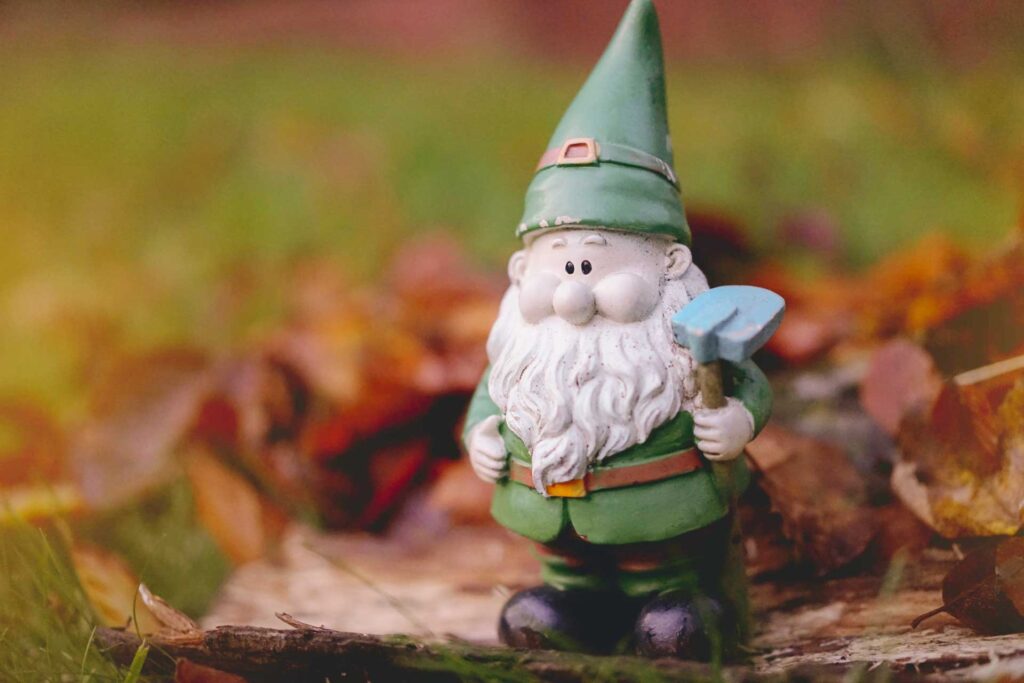There is nothing quite like the taste of fresh vegetables and fruits right from your own garden. Creating a space to stretch your green thumb can be easy! In fact, we’ve broken it down into three simple steps to prep your garden beds.
Before you get started
Purchase a soil test to determine whether you will be able to plant a garden in the ground. These tests are inexpensive and a great way to save a bit of time and frustration later on. In order to have the best garden possible, you will want your soil’s pH and nutrients at adequate levels.
Select the perfect location
The fastest-growing vegetables will need proper sunlight (approximately 6-8 hours each day). Find a spot in your yard that gets full sun and is within reach of your garden hose. You’ll thank us later for that one. If your space in full sun is limited, consider planting root vegetables (which can thrive with a minimum of 4 hours of direct sunlight) or a raised planter.
Next to sunlight, space is also important. Each of the plants (or seed packets) you purchase will have directions with them. This information tells you how much space is needed when planting. Have an idea of which vegetables and fruits you want to plant in order to calculate the overall space you will need. (For example, carrots can be planted very close together at approximately 1-inch intervals. Strawberry plants need more space as they reseed themselves and can easily take over the ground around them.)
Prepare the ground
Next, you will want to clear the area you’ve selected of any debris, weeds, or sod. Using a spade or garden rake, work the cleared area so the dirt is loose to a depth of 12 to 14 inches. Soil that is well-aerated will allow water and oxygen to reach the plant roots quickly rather than slowly creeping through packed dirt. Working compost or planting soil 2-3 inches into the existing dirt will give the ground the nutrients it needs. (Quick tip: workable soil will be able to form into a ball in your hand and then break apart when it is dropped from chest level.)
Last, but not least, you’re ready to plant! Check out our companion gardening guide to best place your fruits and vegetables.

